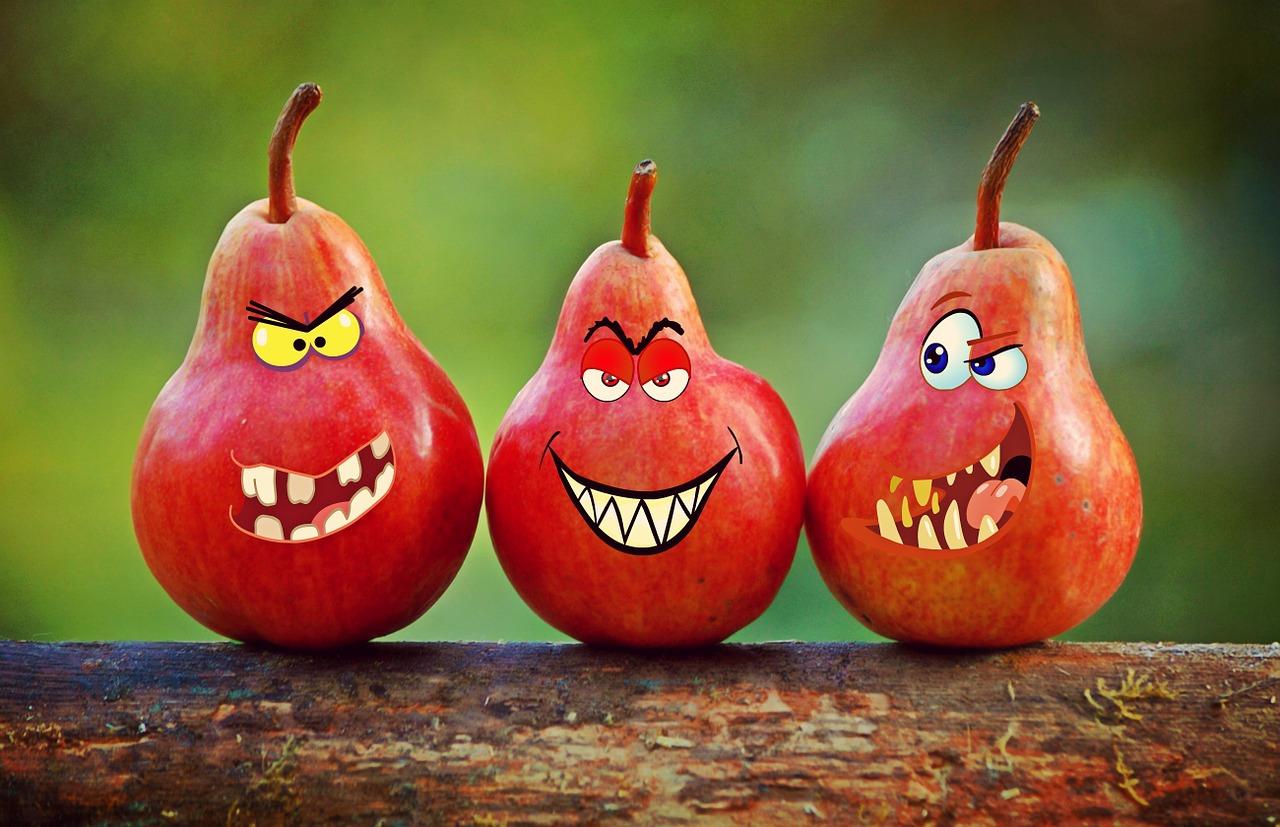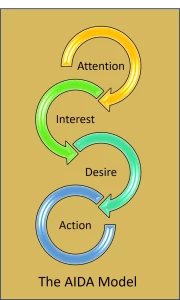Creativity In Advertising – Rising Above The Din

Has it ever happened to you that while watching a video on YouTube, suddenly an add popped up and as you reached out to skip it, something caught your attention and you ended up not only watching the entire ad, but also seemed to enjoy it more than the video itself? Well it happens with most of us and that’s the magic of advertisement creativity!
See below one such ad campaign from BMW that is bound to hold your attention for sometime.
Why Advertisement Creativity?
Every waking hour of ours, we are bombarded with ads. Check your phone and there are ads, try working on your laptop and you see ads. Turn on the television and you get bamboozled by ads. Pickup a newspaper or a magazine, there ads. FM radio, highway hoardings, malls, and grocery shops, there are ads everywhere. This over exposure to ads leads to fatigue and eventually causes “advertisement blindness”, a condition where the audience completely shuts off their sensory inputs to the advertisements. When audiences are driven to these lengths, they start avoiding ads totally and try to escape as if someone was chasing them with a sledge hammer. This is due to advertising clutter and this clutter causes cacophony that makes advertising undesirable and unsuccessful. In such an adverse environment, it is indeed a humongous challenge to create advertisements that will do their job.
Advertisements are expensive and if they fail to achieve their objective, it is difficult to justify their cost. Hence advertisers look for innovative, and sometimes foolproof, ways to convey the advertising message to achieve their objective.
Components of Advertising Strategy
However, before diving into the curious and mysterious world of advertising creativity, it is important to quickly & briefly consider the components of the advertising strategy.
Objective
This is the milestone that an advertisement (read communication) campaign sets out to achieve. It is often derived from the overall corporate objective and is carefully aligned to contribute towards the corporate aspirations. Commonly encountered advertising objectives are – Corporate brand image, product introduction, brand awareness, improving sales, brand positioning etc.
Research
Various inputs, both from internal and external environments, are required to effectively conduct a situation analysis and to understand the opportunities and challenges in the market. Besides, a lot of information is also required to understand the market segments, the audience, the media channels (their reach and cost), the competitors and their ongoing campaigns.
Audience
Audience is a specific group of people that the advertiser wants to reach with his message. The audience group may be actually a subset of the targeted segment. The description of the audience helps in identifying relevant media channels, the message and the creative appeal.
Message
The communication content that the advertiser wants to reach out to the audience with is called the message. At this stage, it is in its most nascent form, to be refined and dressed up later, through the creative appeal.
Media
The choice of media channel(s) is important from the perspective of cost, reach, effectiveness, and its ability to carry the message and the creative effectively.
Advertisement
This is the stage where the actual insertion of the communication happens in the media channel(s) and it goes live on air.
Evaluation
Having spent multimillion dollars, it is in everyone’s interest in the advertiser’s organization to evaluate the effectiveness of the campaign to answer many qualitative and quantitative questions.
Related – Understanding Advertising, Ethics & Regulation In Indian Advertising
It is worthwhile to note that the message that is to be conveyed is often drab and unappealing. Like for example, let’s say a deodorant selling company may want to convey the message that reads like this, “Our deodorants protect you from body odor for 12 hours”. Now if you said this simply, the audience will either say “big deal, all deos do the same” or they may say, “Ok so be it. I will think about it”. But that’s not what the advertiser wants. He wants action, followed by traction in sales immediately because he is parting with precious dollars, and boy, lots of’em!! This is where advertising creativity comes in. There is an entire industry in the advertising world that is dedicated to generating advertisement creatives that promise to rise above the din and manage to catch customers’ attention even when the audience has turned advertisement blind!!
Creativity is a mental and social process involving the generation of new ideas or concepts, or new associations of the creative mind between existing ideas or concepts. Creativity is fueled by the process of either conscious or unconscious insight. An alternative conception of creativeness is that it is simply an act of making something new. Here are a few key factors that make people notice advertising:
- When the product itself is inherently different
- When the advertisement has some particular personal reference
- Repetitive bombardment
- Unusual Advertisements
Creativity And Communication
Creative communication can create awareness and attract attention. Good creative strategy can create interest and excitement in a low interest category or an ordinary product. Creative advertising can arouse emotions about the brand and it can successfully differentiate a brand from me too products. Only creative advertising can achieve communication objectives. Poor creatives can do a brand more harm than good. Following are the significant steps in the creative process;
Immersion
Gathering raw material and background research and immersing yourself into the problem.
Ideation
Taking the information, working it over and wrestling with it in the mind.
Brainfog
Completely clouding your brain with the idea development. Unable to focus on anything else.
Incubation
Turning off the conscious and leaving it to the subconscious to the do the work.
Illumination
The birth of a new idea “Eureka” I got it.
Evaluation
Studying the idea to see if it still looks good and then shaping the idea to practical usefulness.
Also Read – Research & Planning In Advertising Campaigns
Creative Approaches & Styles
People think in two ways; in an objective, rational manner, based on facts and in qualitative, intuitive, and emotional based manner. Even a same person can think in both these manners in different situations. For e.g. while investing and while buying a car. This dichotomy can be used to classify creatives into two categories;
- Fact Based – Produce ads that are practical, have simple, straightforward layouts supported by lots of data. Suitable for industrial advertising, pharmaceuticals and financial products.
- Value Based – Product Ads that are soft, subtle, intuitive and metaphorical. Suitable for consumer goods, lifestyle and automobiles.
Creative Appeal
Creative appeal is the neuro-sensory stimulant that helps in generating an AIDA sequence. This can in the form of visual appeals, auditory appeals, or a combination of many sensory elements. There are the following two types of creative appeals;
High Involvement or Rational Appeals

- Factual Message – Many cosmetics mention the special ingredients and their benefits to convey a factual message about the benefits of using their product.
- Scientific/Technical Advice – For products like engine oils, advertisers discuss the benefits of regularly checking the engine oil level and using an engine oil with certain specifications. Then they propose to use their engine oil because it meets all the specifications mentioned before.
- Demonstration – Sometimes advertisers demonstrate the product use and its benefits, such as using a dish wash gel to clean greasy utensils.
- Testimonial – One of the most common creative strategies, many detergent companies show housewives vouch for the advertiser’s detergent brand.
- Product Popularity – The number of years of its existence, or the celebrities using the product etc. are some methods in which product popularity is shown to convince the audience of the product quality.
- Comparison – Automobiles’ Features Comparison ads are very common. Generally automobile advertisers first identify some feature where they have an edge over their competitors and then they list the features and show that only their brand has maximum features as compared to the competing brands. Many laptop companies also use this appeal.
Low Involvement or Emotional Appeals
- Fear – Life insurance companies often use fear to convince their audience to buy life insurance policies.
- Humor – Humor is the most widely-used and time-tested appeal that definitely helps in attracting audiences’ attention.
- Thrill & Adventure – Extreme Car/Bike Stunt Ads catch the fancy of young audience and draws them to the advertiser’s message.
- Sex – Sex is the oldest commodity in the history of trade. Sex sells in any form and the advertisers make the maximum use of it to manipulate AIDA model.
- Fantasy – Deodorant ads often make people fantasize about being popular with the other sex and exaggerated outcomes of using deodorants are shown on the screen to drive home a message.
- Slice of Life – Stain Removing Detergents show normal day-to-day and a common problem. Then they show a simple solution to overcome such a problem. Very effective appeal that hits the bull’s eye.
“The real fact of the matter is that nobody reads ads. People read what interests them, and sometimes it’s an ad.” – Howard Luck Gossage








